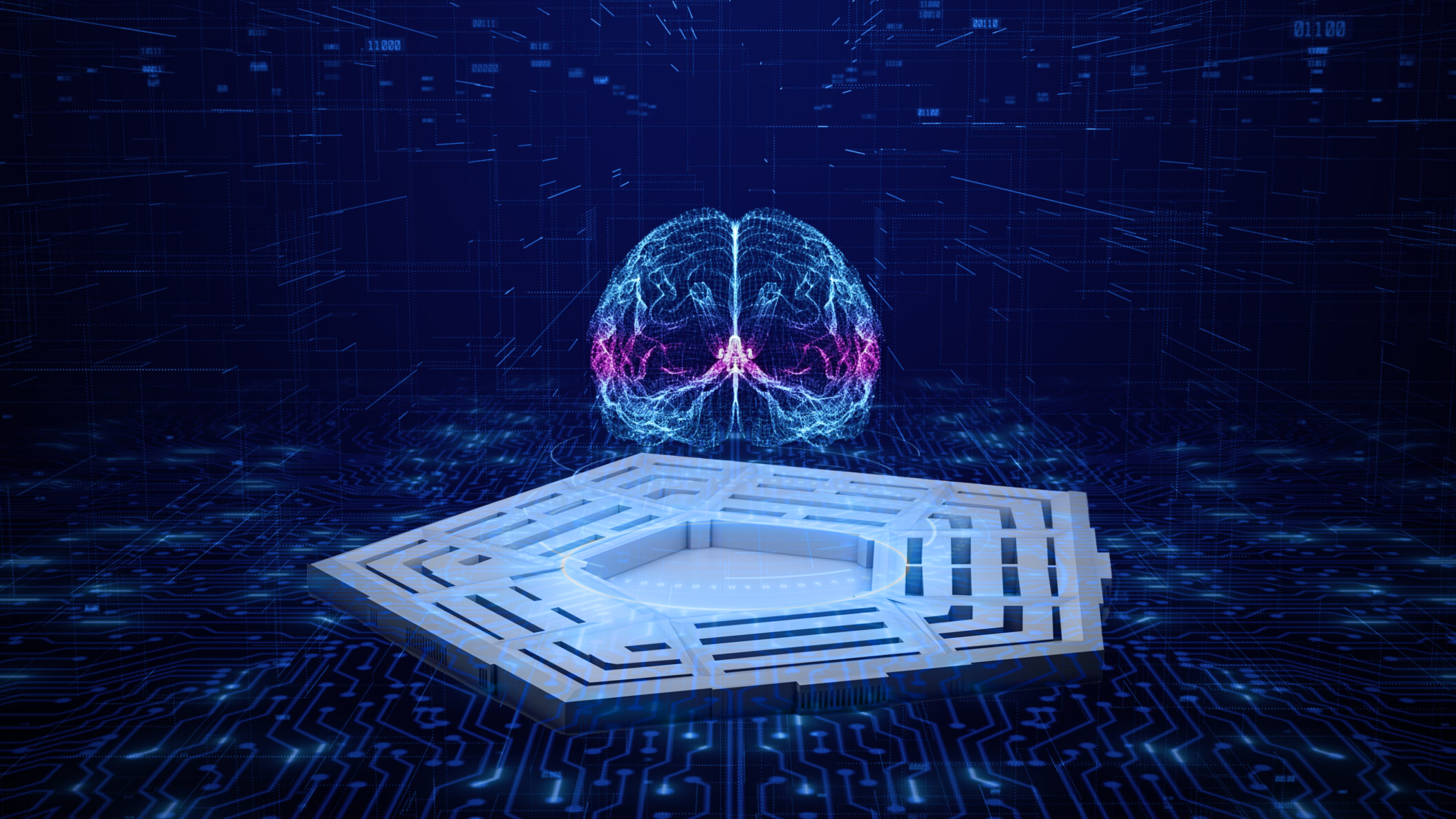JASPREET GILL

WASHINGTON: Three days into the job, the Pentagon’s first chief data and artificial intelligence officer has already seen first hand how the department’s famous bureaucracy can slow down the most common sense ideas — or, quite literally, keep people out of the building.
“So let me say honestly that the bureaucracy is real,” CDAO Craig Martell said today at the DoD Digital and AI Symposium. “I’ve been here three days. I still don’t have a CAC card. I still have to wait in line at the visitor’s entrance…We’re not going to change bureaucracy as a whole. That’s not a challenge I want to put for the team. We need to find the right gaps, the right places where we can leverage value and then that value is going to drive a virtuous cycle of change.”
The Pentagon established the new office of the CDAO last November, Breaking Defense first revealed. As CDAO, Martell is responsible for coordinating the Defense Department’s data and AI efforts. Martell said he’s done similar efforts “at massive scale” during his time at Lyft, where he worked as head of machine learning, but he’s never “done it at scale with the bureaucratic resistance that I predict will be here at DoD.”
As CDAO, Martell said he wants to build centralized teams similar to those established during his time at Lyft that “built the infrastructure for all the folks building AI” distributed across the company.
To that point, the CDAO office has hired several deputies in charge of key areas, including acquisition, policy, algorithmic warfare, digital services and enterprise platforms and business optimization. The Joint AI Center (JAIC), DoD chief data officer and Defense Digital Services have also been subsumed into the CDAO.
“The constituent teams that make up CDAO have really great missions, they are delivering, they’re executing, they are bringing real value to DoD,” Martell said. “I think the value that I would like our org to bring on top of that is…what’s the North Star, in particular with respect to balancing tactical and strategic, right?…We can win against our pacing adversaries today, but we need to win 10 years from now, we need to win five years from now, we need to win three years from now.
“So we need to be spending a lot of time thinking about how do we balance those two. So when we do something like ADA [Artificial Intelligence and Data Accelerator] or for Ukraine, how do we then make sure that the architecture we use today is going to serve us tomorrow?…So these are the, I think, tough things we need to think about.”
With ADA, the Pentagon is deploying operational data teams and teams of technical experts to the military’s 11 combatant commands to help create AI tools to streamline decision-making. The JAIC, before it was disbanded and spread throughout the CDAO, was developing a joint operating system for COCOMs to build and field AI algorithms rapidly, the agency’s outgoing director told Breaking Defense in February.
Speaking at the same event later in the day, Deputy Defense Secretary Kathleen Hicks said she’s happy with where the Pentagon is one year into the three-year ADA effort, which will end in fiscal 2024.
“So when they come to government, we have to give them the right skills, we have to give them the right experience so that when they’re done Silicon Valley or industry in general is willing to grab them, right?” CDAO Craig Martell said.
“I’m very pleased with where we are a year in,” Hicks said. “That said, we can do more and we will do more…On ADA, what we found is there’s a lot of enthusiasm out at the commands when we get the teams out there…and we see a lot of natural use cases, questions that combatant commands really want help answering.”
No comments:
Post a Comment